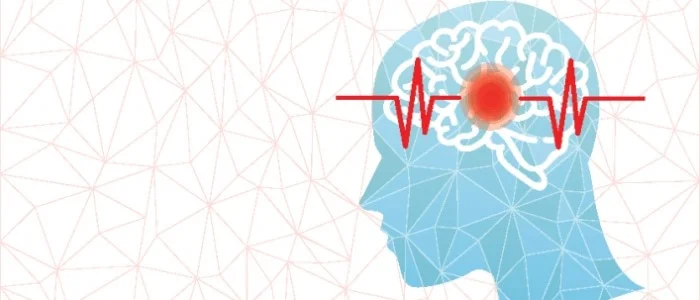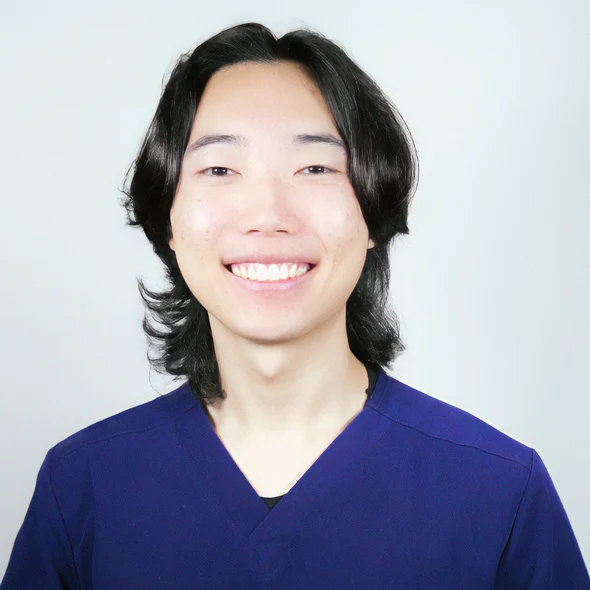Welcome to the fascinating world of the vagus nerve! It may sound like something out of a sci-fi movie, but the vagus nerve is a crucial part of our nervous system. In this blog, we’ll discuss all aspects of the vagus nerve, exploring its functions, benefits, and even some surprising ways to stimulate it.
Meet the Vagus Nerve
The vagus nerve is like a superhighway connecting your brain to various organs throughout your body, including the heart, lungs, stomach, and more. It’s part of the parasympathetic nervous system, responsible for calming and relaxing the body – rest and digest, as opposed to fight or flight. But the vagus nerve is not just about relaxation—it also plays a vital role in regulating digestion, heart rate, inflammation, and even social interactions. It’s truly a nerve with many talents!
The Benefits of Vagus Nerve Stimulation
By stimulating the vagus nerve, we can tap into a host of incredible benefits. Research suggests that vagus nerve stimulation can improve mood, reduce anxiety and depression symptoms, enhance memory and learning, and even help manage chronic pain. Additionally, it may have a positive impact on conditions like epilepsy, migraines, and inflammatory disorders. The potential is awe-inspiring!
Fun Ways to Stimulate Your Vagus Nerve
Ready for some fun? Here are a few unconventional yet effective ways to stimulate your vagus nerve:
- Sing Your Heart Out: Belt out your favorite tunes and let the vibrations stimulate your vagus nerve. Bonus points for singing in a group!
- Laughter Yoga: Engage in laughter yoga exercises, which combine deep breathing and laughter to activate the vagus nerve. Fake laughter can quickly turn into genuine laughter, leaving you in stitches.
- Cold Showers: Embrace the shock of a cold shower! The sudden change in temperature can activate your vagus nerve and leave you feeling invigorated.
- Deep Breathing: Practice diaphragmatic breathing, also known as belly breathing. Inhale deeply, expanding your abdomen, and exhale slowly. This rhythmic breathing pattern stimulates the vagus nerve, promoting relaxation.
Mindfulness and Meditation
Practicing mindfulness and meditation is not only a great way to reduce stress but also a powerful method to stimulate the vagus nerve. By focusing your attention on the present moment and cultivating a state of deep relaxation, you activate the parasympathetic nervous system, including the vagus nerve. Incorporate mindfulness exercises into your daily routine, such as body scans, mindful breathing, or loving-kindness meditation. These practices promote vagal tone, which refers to the strength and efficiency of the vagus nerve, leading to enhanced well-being and emotional resilience.
Social Connections and Hugs
Did you know that social connections and physical touch can impact the vagus nerve? Engaging in meaningful social interactions, spending time with loved ones, and receiving hugs or gentle touch can activate the vagus nerve and release oxytocin, a hormone associated with bonding and relaxation. So, make time for quality connections, hug your friends and family, and let the power of human connection stimulate your vagus nerve.
Vagus Nerve Stimulation Devices
For those seeking a more targeted approach, various vagus nerve stimulation devices are available. These devices deliver electrical impulses to the vagus nerve, helping to regulate its activity. Some devices are specifically approved for medical purposes, such as treating epilepsy or depression. However, newer consumer devices, like portable nerve stimulation devices, are emerging to offer non-invasive stimulation for general wellness purposes. Always consult with a healthcare professional before using any medical or consumer device to ensure it’s suitable for your needs.
By exploring the fascinating world of the vagus nerve, we can unlock its immense potential for well-being. From singing and laughter to cold showers, deep breathing, mindfulness, and even high-tech devices, there are numerous fun and informative ways to stimulate this powerful nerve and enhance our physical and mental health.






